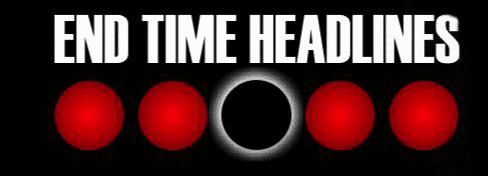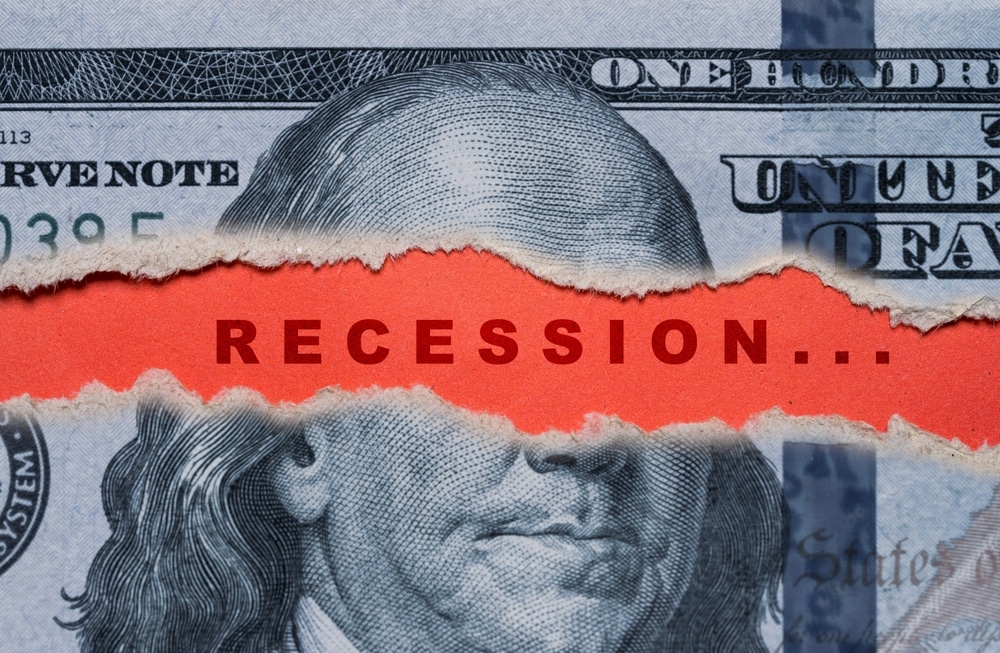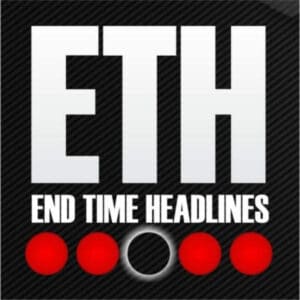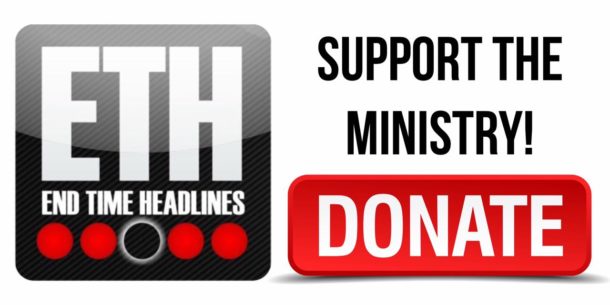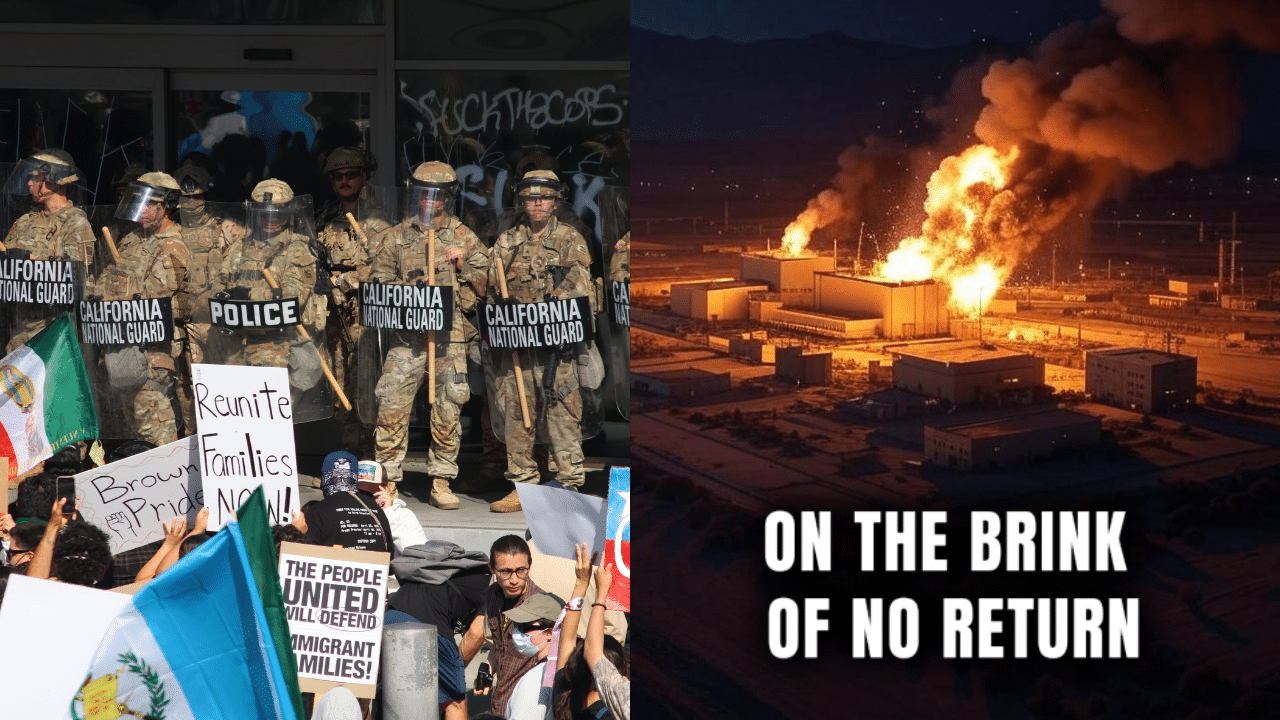In a stark economic forecast, JPMorgan Chase & Co. has raised alarms about the potential fallout from recent U.S. tariff policies, estimating a 60% probability of a recession.
This assessment, reported across multiple news outlets, ties the heightened risk directly to aggressive trade measures implemented under the current administration.
As global markets react and analysts weigh in, the implications of these tariffs are becoming a focal point of economic debate.
According to Reuters, JPMorgan’s economists have pinpointed the tariffs the U.S. imposes on its trade partners as a key driver of this elevated recession risk.
The bank’s analysis suggests that these measures could significantly disrupt global trade flows, causing economies worldwide to experience a downturn.
The report coincides with tangible impacts in the U.S., such as Stellantis’ decision to temporarily lay off 900 workers, a move linked to the shifting economic landscape influenced by trade policy.
The Economic Times echoed this sentiment with a dramatic headline: “There will be blood.”
The outlet cited JPMorgan’s warning that sustained tariffs could not only threaten the U.S. economy but also drag the global economy into a recession.
Analysts at the bank noted that the current trade stance marks a decisive shift away from business-friendly policies, a change they argue could have far-reaching consequences.
Posts on X have amplified this narrative, with users referencing JPMorgan’s 60% recession odds to underscore concerns about the tariffs’ effects.
While these social media mentions reflect public sentiment, they align with broader reporting from established sources.
For instance, a piece linked by X users to MarketWatch highlighted how markets have tumbled and retail sentiment has soured in response to the tariff news, reinforcing the bank’s grim outlook.
JPMorgan’s analysts, as quoted in various reports, emphasized that their previous expectations for U.S. trade policy have been upended.
“U.S. trade policy has turned decisively less business-friendly than we had anticipated,” they stated, a sentiment captured by Reuters and reiterated across platforms. This shift, they argue, increases economic uncertainty at a time when resilience is already being tested.
The timing of this forecast adds to its weight. With the current date being April 5, 2025, the U.S. and global economies are navigating a delicate post-pandemic recovery.
The introduction of steep tariffs—widely associated with President Donald Trump’s economic agenda in his second term—has sparked debate over their efficacy.
Critics, including some X users, argue that these policies could undermine economic stability, with one post noting, “Trump’s tariffs—if sustained—likely to push the U.S. and globe into recession,” citing JPMorgan’s analysis.
While JPMorgan’s 60% figure is not a definitive prediction, it serves as a sobering benchmark for policymakers and investors.
The bank’s economists have not detailed a precise timeline for this potential recession, but their warning underscores the stakes of the ongoing trade strategy.
As reported by The Economic Times, the ripple effects could extend beyond U.S. borders, threatening a synchronized global slowdown.
Market reactions have already begun to reflect this unease. Equity markets have shown volatility, and business leaders are recalibrating their strategies in anticipation of higher costs and disrupted supply chains.
The Stellantis layoffs, as noted by Reuters, may be an early indicator of how industries reliant on international trade are bracing for impact.
For now, the economic community remains divided. Some analysts argue that tariffs could bolster domestic industries in the long term, while others, like JPMorgan, see them as a catalyst for contraction.
As the situation evolves, the 60% recession probability stands as a critical data point—one that has captured the attention of newsrooms, social media, and boardrooms alike.
